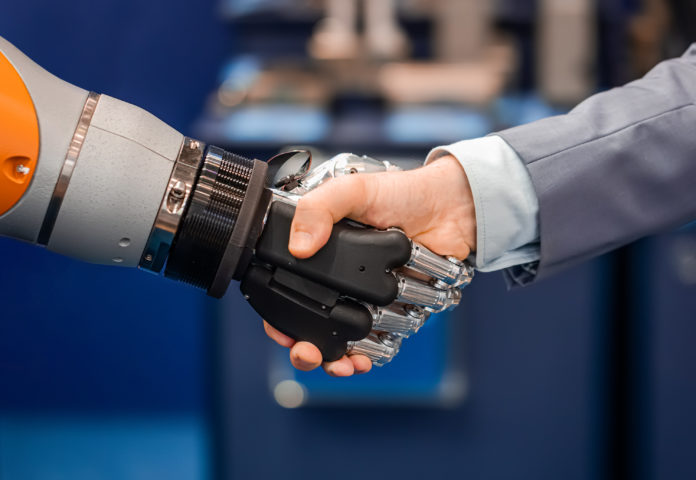
By: Nick Gambino
Researchers at the Cleveland Clinic have created a new, futuristic bionic arm that can return the sensation of touch and movement.
While advancements in prosthetics have taken huge strides in the past few decades, one area where they always fell short was in tactile sensation. While you can place a prosthetic where the amputated arm used to be, if you can’t also restore touch, then it will act as little more than an object or accessory.
Amputees have had to be extra conscious of their prosthetics, making sure to focus intently on what they’re trying to grab in order to use just the right amount of force. As there was no feedback sensation it required the use of other senses like sight. This new promise of a bionic arm that allows amputees to feel and sense as if they never lost a limb is groundbreaking.
“Perhaps what we were most excited to learn was that they made judgments, decisions and calculated and corrected their mistakes like a person without an amputation,” Paul Marasco, the lead investigator of the study said in a published paper. “With the new bionic limb, people behaved like they had a natural hand. Normally, these brain behaviors are very different between people with and without upper limb prosthetics.
Cleveland Clinic’s bionic arm system uses a neural-machine interface that is surgically connected to the wearer’s nerves in their limb
“We modified a standard-of-care prosthetic with this complex bionic system, which enables wearers to move their prosthetic arm more intuitively and feel sensations of touch and movement at the same time,” Marasco said.
So far, they’ve only tested the arm on two people, both to great results. They found the patients reverted back to the reflexive behaviors they were using before they lost their limb, allowing them to stop having to focus much on their arm or hand when carrying out actions that require gripping force.
It’s clear though that they’ll need to do a lot more testing before this prosthetic finds its way onto the market. Fortunately, the research has applications on other upper limb prosthetics in the future.
With other companies working on 3D-printed bionic arms like TrueLimb that mirrors the look of the amputee’s other arm, there’s a future whereby amputees can reintegrate back into their daily lives with shortened runways and minimal learning curves.









